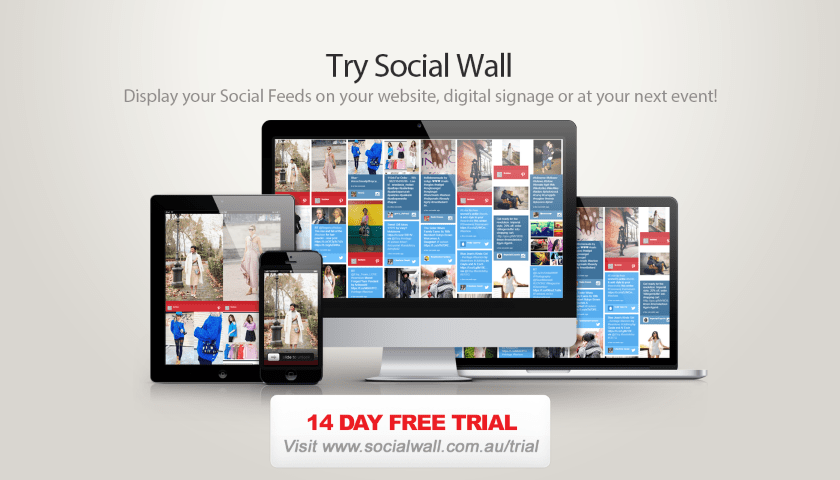Guest Posts
Guest Post: 10 Best Practices for Digital Signage
1. Keep it Simple – Shorter words and phrases are easier to read – phrases with 3-4 words work well, but a single word can draw lots of attention as well. Each screen should only contain one focused message. Think of writing active, headline-style phrases rather than full sentences.
2. Repetition – Make sure to repeat your key message at the beginning and end of a segment. You may also want to consider using more than one segment to deliver the same message in different ways.
3. Call to Action – A call to action will tell your audience exactly what you want them to do and how you want them to do it. Start with a verb and keep the subject close to it, such as in the phrase “Ask a salesperson for details.” Then let your audience know when and where the action will take place, if applicable. You should also give information that allows them to act, such as a telephone number or Web URL.
4. Use Images Wisely – Complicated visual elements can easily draw attention away from an important message. On the other hand, simple, relevant images can be pleasing to the eye and help viewers remember the message.
5. Aesthetics Matter – Pay attention to aesthetic details such as font and color contrast. You should always use sans-serif fonts because they are the easiest to read. Likewise, high contrast between the foreground and background on a screen can make the content easy on the eyes.
7. Timing – The amount of time it takes to convey your message must be the same as the amount of time it takes a viewer to read it. If it takes a viewer 6 seconds to pass a screen, then he or she will probably only be able to read the screen for 4 seconds, which means that you have 4 seconds to convey your message.6. Text Size Over Screen Size – While it may seem that a big screen will be able to grab more attention, the message is ultimately the most important element of a digital sign. As you can see in the picture below, larger text on the same screen is more noticeable.
8. Display – It’s important to consider the field of viewing your audience will have. You should make sure that you position digital signs in places where they will be seen by as many people as possible, but that depends on the space you display them in. A screen placed higher up will be visible in a large area with lots of foot traffic, such as an airport. However, in narrow spaces like the aisles of a grocery store, screens tend to work better at eye level.
9. Know the Support Format – Due to the wide variety of formats available for images and video, you need to make sure that you presentation will work on all of your devices. The universal formats for images are JPEG and PNG. For videos, it’s generally easiest to stream a video you upload on YouTube, or to download a video from a cloud storage server and save it on your local display.
10. Test the Final Product – This may be the most important thing you do before officially putting your presentation on display to the public. First, you need to ensure that what you see on your computer screen is still effective and readable on the actual screen you will use, both in terms of the size of the screen and the distance from which people will read it. You should also consider the aspect ratio – perhaps the screen that will display your message is proportionally much wider than your computer screen. Most presentation software will have settings to help you easily change the aspect ratio. Finally, it is essential that you check spelling and grammar, because any errors could compromise the integrity of your message.
About the Guest Blogger:
Chuck Lorrell is a construction management enthusiast who writes about various topics including everything related to construction and is the owner of the site Construction Management.
LIKE WHAT YOU'VE READ?
When you subscribe you will also join other Digital Signage readers who receive our content right in their mailbox. Good luck!







Comments (0)